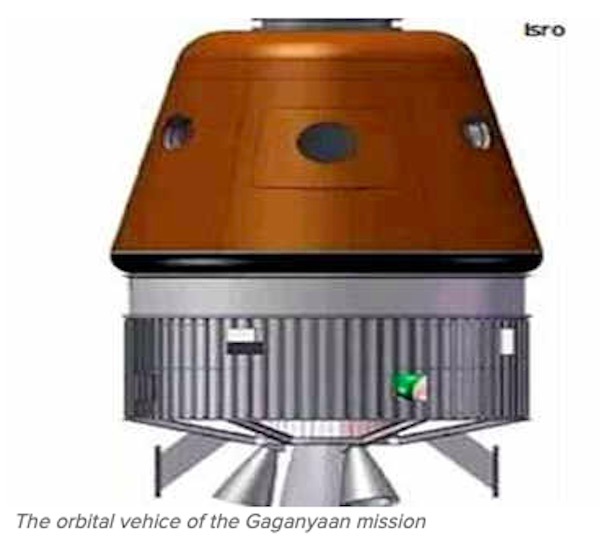26.02.2020

ISRO to begin testing for Gaganyaan mission as the design and engineering of the launch rocket, including the orbital module system, has been completed
Indian Space Research Organisation (ISRO) is finally getting closer to its dream of sending a manned indigenous spacecraft to the outer space. According to an official statement from ISRO Chief K Sivan, the designing part of the Gaganyaan rocket has already been completed.
During the 70th Annual General Meeting and National Conference, the ISRO Chief stated that the design and engineering of the launch vehicle, including the orbital module system for India's first human space flight, has been completed. He added that a series of tests need to be undertaken in order to validate the design and engineering of the systems during this year.
ISRO’s first manned flight may take place on 75th Independence Day
The ISRO is set to conduct tests on its first unmanned spaceflight by the end of 2021. It is expected that the first manned flight may take place sometime in August 2022 on occasion of India’s 75th Independence day.
K Sivan had announced earlier that the Chandrayaan 3 has also been approved and the launch is scheduled to take place in 2021. He also explained that the agency has plans to land Chandrayaan 3 at the same location where the Chandrayaan 2 had crash-landed on the surface of the moon.
ISRO to set up second rocket launch centre at Kulasekarapattinam
K Sivan also confirmed that they are currently working to set up another rocket launching centre in India at Kulasekarapattinam in Tamil Nadu. This is because relying on the existing launch centre in Sriharikota for small satellite launches may cause problems with the launches that are regularly scheduled at ISRO, he added.
ISRO will soon conduct first developmental flight of SSLV
K Sivan also announced that the space agency will be undertaking the first developmental flight of SSLV which is set to take place in the coming months. He further revealed that they are in the process of setting up a rocket which will have a capacity of 10 ton for Geostationary Transfer Orbit and Semi-Cryogenic Engine.
K Sivan also stated that they have shifted the lithium-ion cell technology to industries and their commercial arm, New Space India Ltd. The company will also market the agency’s spin-off technologies both in the country and abroad. Apart from this, it will also focus on transferring small satellite and manufacturing of the SSLV via industries. Moreover, the company will also manufacture PSLV rockets as a full rocket.
Quelle: REPUBLIC

